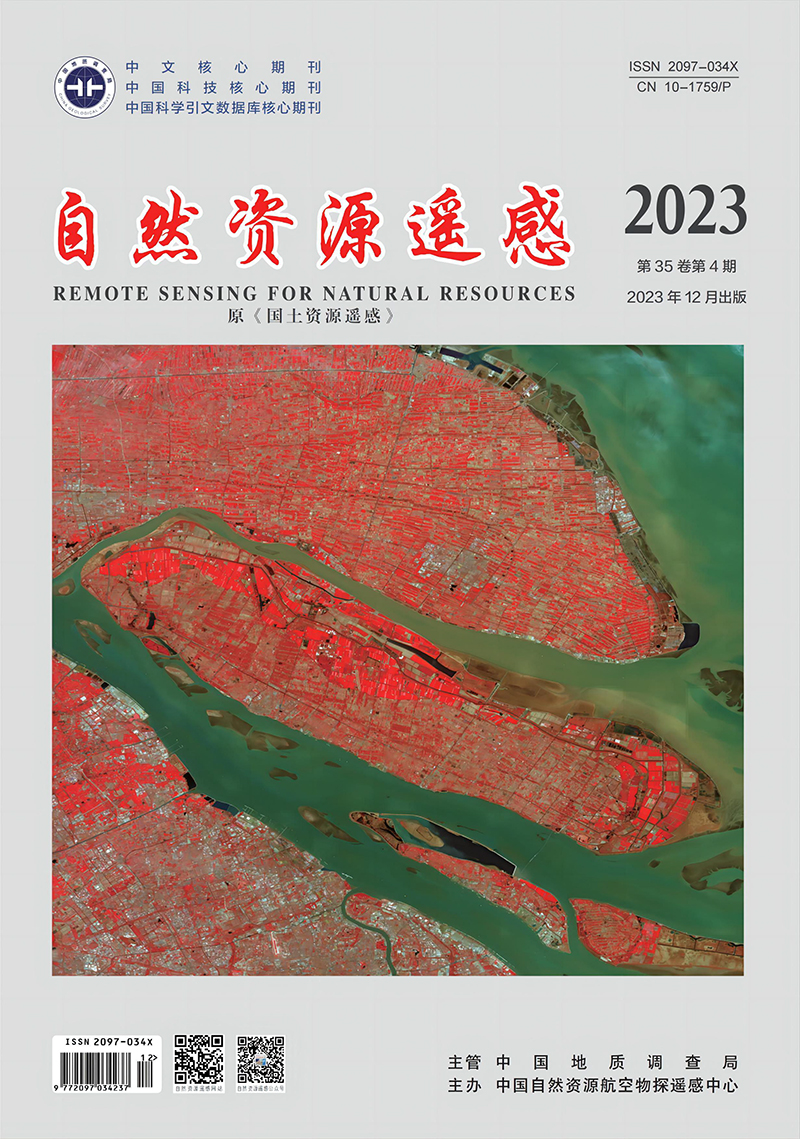YANG Chiyi, GUAN Haixiang, WU Wei, LIU Meiyu, LI Ying, SU Wei. 2023. Remote sensing monitoring method for flooded farmland based on domestic GF-3 radar images. Remote Sensing for Natural Resources, 35(4): 71-80. doi: 10.6046/zrzyyg.2023141
| Citation: |
YANG Chiyi, GUAN Haixiang, WU Wei, LIU Meiyu, LI Ying, SU Wei. 2023. Remote sensing monitoring method for flooded farmland based on domestic GF-3 radar images. Remote Sensing for Natural Resources, 35(4): 71-80. doi: 10.6046/zrzyyg.2023141
|
Remote sensing monitoring method for flooded farmland based on domestic GF-3 radar images
-
YANG Chiyi1,2,
-
GUAN Haixiang 1,2,
-
WU Wei3,
-
LIU Meiyu3,
-
LI Ying4,5,
-
SU Wei1,2,
-
1. College of Land Science and Technology, China Agricultural University, Beijing 100083,China
-
;2. Key Laboratory of Remote Sensing for Agri-Hazards, Ministry of Agriculture, Beijing 100083, China
-
;3. National Disaster Reduction Center of China, Ministry of Emergency Management of the People’s Republic of China, Beijing 100124,China
-
;4. Henan Agrometeorological Support and Applied Technique Key Laboratory, China Meteorological Administration, Zhengzhou 450003, China
-
;5. Henan Institute of Meteorological Sciences, Zhengzhou 450003, China
More Information
-
Corresponding author:
SU Wei
-
Abstract
Against the backdrop of global warming, increasingly frequent floods become a primary agricultural disaster that causes reduced crop production in China. Radar remote sensing technology, possessing all-weather earth observation capabilities, serves as a critical means for rapid monitoring of regional flood information. With the advancement in artificial intelligence, machine learning methods have been extensively applied in the remote sensing-based monitoring of floods. Despite the high accuracy of their algorithms, their training processes often entail extensive field investigations or numerous samples for remote sensing image interpretation. This study aims to overcome sample labeling limitations and improve regional flood monitoring accuracy. Based on the catastrophic flood that occurred in northern Henan on July 20, 2021, this study constructed a flooded crop monitoring method based on the weakly supervised Gaussian mixture model (GMM) using domestic GF-3 HH-HV radar images. Then this method was applied to extract the flooding range of farmland in some areas of northern Henan. Compared to four typical machine learning methods, i.e., random forest (RF), support vector machine (SVM), K-nearest neighbor classification, and parallelepiped classification, the weakly supervised GMM in this study enjoyed the highest accuracy, with overall precision of 0.95 and a Kappa coefficient of 0.90. This study holds great significance for enhancing the accuracy and universality of regional crop flooding monitoring based on remote sensing technology and synthetic aperture radars (SARs).
-

-
-
Access History







 DownLoad:
DownLoad: